I always figured Barcelona would be the highlight of any trip to Spain, but Aragon completely flipped that idea on its head for me.
As I wandered through this lesser-known region, I kept finding these wild contrasts—dramatic mountains, sprawling deserts, and layer after layer of Spanish history.
Honestly, Aragon became the most unexpectedly diverse adventure I’ve had in Spain. Every day felt like a new discovery.
Hiking in the Pyrenees, I lost myself in the stunning scenery and caught glimpses of wildlife that made city life feel miles away.
Later, when I strolled through sun-soaked villages and silent deserts, I found a quieter, more personal connection with the Spanish people than anywhere else.
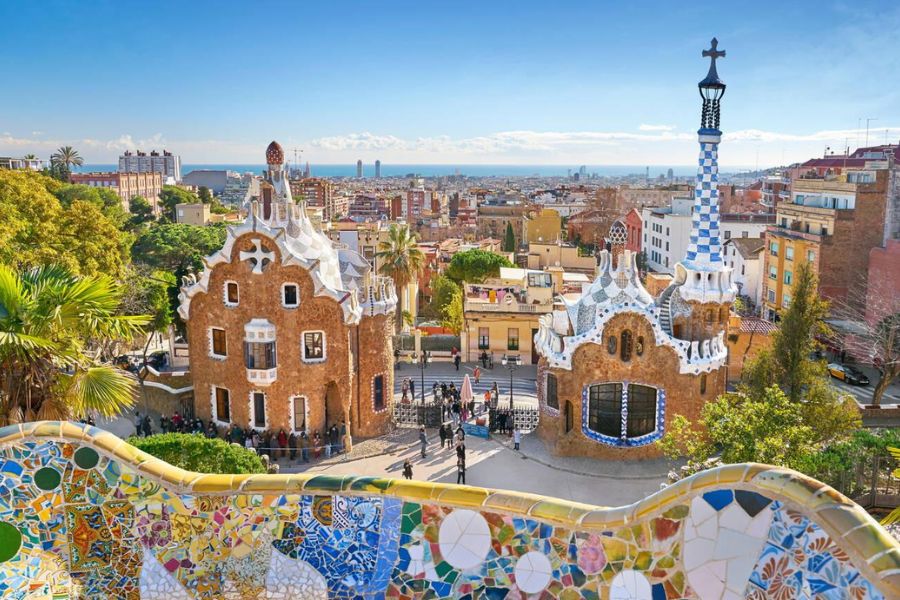
Aragon has a knack for surprising even the most seasoned travelers.
It’s a place where each corner feels like its own adventure, waiting to be found far from the usual guidebook routes.
Discovering Aragon: Location, Landscapes, and First Impressions
Tucked between Spain’s more famous regions, Aragon caught me off guard with its variety—from towering Pyrenees peaks to cinematic, lonely deserts.
Every place I visited felt fresh and different, a world apart from Spain’s crowded cities.
Where Is Aragon? Setting the Scene
Aragon sits in northeastern Spain, wedged between popular spots like Barcelona and the French border.
Unlike the Mediterranean coast, Aragon stretches inland, bordered by Catalonia to the east and Navarre to the northwest.
It covers a massive area but somehow manages to feel uncrowded—almost like Spain’s best-kept secret.
I kicked off my trip in Zaragoza, Aragon’s lively capital.
The city buzzes with Roman ruins, grand baroque churches, and some of the friendliest locals I’ve met.
Getting here was a breeze—fast trains connect from Madrid and Barcelona, and the highways make road trips easy.

Most travelers just pass through on their way to the coast or Pyrenees.
But if you slow down and linger, you’ll see a different, more authentic side of Spain.
Contrasts: From Pyrenees Mountains to Monegros Desert
What really got me were Aragon’s wild contrasts.
Up north, the Aragonese Pyrenees shoot up in jagged waves, scraping the sky.
These are some of Spain’s tallest mountains, with villages like Aínsa tucked between deep green valleys and snowy peaks.
A few hours south, the whole world changes.
The Monegros Desert stretches out in pale, dusty colors, with empty roads and wind-carved rocks.
It almost felt like I’d landed on another continent.
One morning, I’d stand in the cool shade of a pine forest.
By afternoon, I’d be hiking across dry steppe.
That kind of change isn’t something you see in most Spanish regions—or really, anywhere else in Europe.
Aragon Landscape Highlights:
| Region | Key Feature | Must-See Spot |
|---|---|---|
| Pyrenees | Mountains | Ordesa NP |
| Ebro Valley | Rolling plains | Zaragoza |
| Monegros Desert | Desert landscape | Bujaraloz |
The Unexpected Diversity of Aragonese Landscapes
Aragon’s landscapes felt like Europe’s greatest hits packed into one region.
The north gives you classic mountain adventure—hiking, skiing, hidden lakes, and medieval villages pressed up against dramatic cliffs.
Pine and wood smoke seemed to hang in the air everywhere I went.
Head south or west, and you’ll find olive groves, sunflower fields, and vineyards patchworking the land.
Then, almost out of nowhere, the green gives way to the dry openness of the Monegros.
Its strange beauty draws in film crews and adventure seekers for good reason.
Every day felt different.
One day I’d scramble up rocky paths in the Pyrenees, the next I’d be eating tapas in Zaragoza’s old town, still brushing dust off my boots.
Aragon kept me guessing, and honestly, that’s half the fun.
Aragon’s Historical Legacy: Castles, Monasteries, and Royal Footprints
Aragon brims with stories.
I wandered among impressive castles and tranquil monasteries scattered across the landscape.
You can feel the influence of past kings and queens here, and the echoes of choices that helped shape Spain’s history.
Castles and Fortifications: Tracing Medieval History
I lost count of how many castles I spotted while driving between towns.
Most of them perch on rocky cliffs or look out over winding rivers.
The castle of Loarre quickly became a favorite, with thick walls and towers rising above the plains.
It’s one of Europe’s oldest Romanesque castles, and it honestly feels like it belongs in a movie.
Aljafería Palace in Zaragoza showed me another side of Aragon’s story.
Its mix of Moorish and Christian styles reveals just how many cultures have called this region home.
Some rooms look like they’re waiting for a king or queen to walk in—easy to imagine the days of medieval court politics and royal intrigue.
I also explored smaller forts, where local guides pointed out arrow slits and secret tunnels.
Every stone seemed to carry the story of battles, shifting borders, and the constant need for defense during the Middle Ages.
Monasteries and Religious Heritage
One of my favorite moments in Aragon was stepping into the Monastery of San Juan de la Peña.
The cloisters sit tucked beneath a massive overhanging rock, giving the whole place a secret, sheltered vibe.
Monks once called it home, and even Aragonese royalty found their final resting place here.
This monastery blends peace with a deep sense of history.
The Monastery of Piedra caught me off guard too.
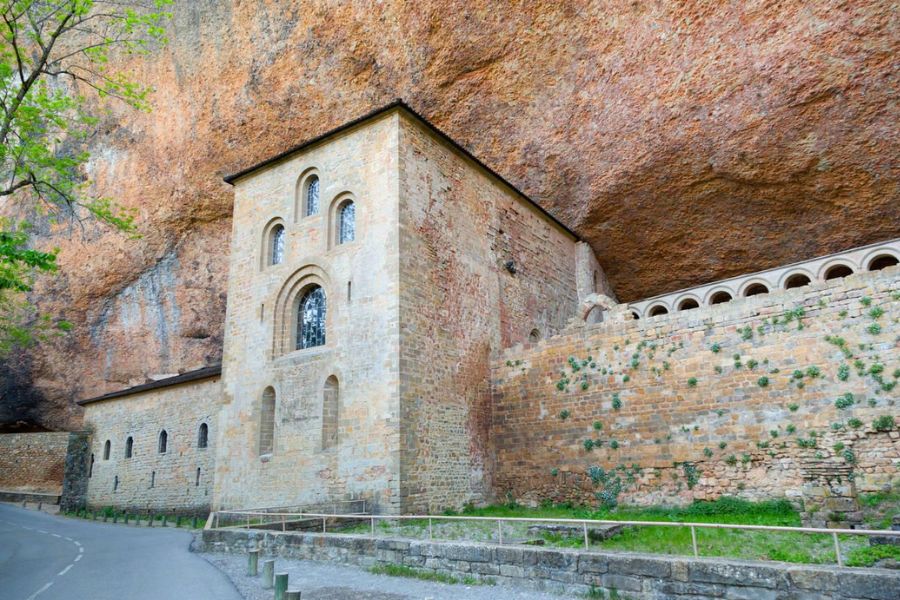
Surrounded by waterfalls and gardens, it feels worlds away from the rocky desert just beyond.
I learned that these holy places weren’t just spiritual centers.
They also preserved art, books, and even recipes.
Some monasteries shaped local food traditions that you can still taste today.
Walking among ancient stones, I realized how much these places meant to both pilgrims and rulers.
Their walls remember royal visits, religious battles, and centuries of quiet prayer.
Royal Influence and Political History
Aragon had its own line of kings long before Spain became a united country.
Their decisions still shape much of what you see here.
I stood in Zaragoza, where the old royal palace reminds visitors that Aragon’s rulers once matched their Castilian neighbors in power.
After Queen Isabella of Castile married Ferdinand II of Aragon, their partnership changed Spanish history.
Their reign paved the way for the nation’s Golden Age.
Later, dynasties like the Hapsburgs left their mark, leading to even bigger political shifts and grand architectural projects—including royal sites such as The Escorial, though that’s technically just outside Aragon.
Aragon’s royal past isn’t just about leaders and palaces.
I heard stories about Alfonso XIII and visited halls that once hosted royal events.
These spaces felt alive with echoes of debates, celebrations, and the everyday business of running a kingdom.
Culture Beyond Barcelona: Art, Literature, and Local Traditions
While most travelers rush through Spain’s famous cities, I found that Aragon’s culture kept surprising me.
Local art, legendary stories, and old festivals gave me a new window into Spanish life far from Barcelona’s crowds.
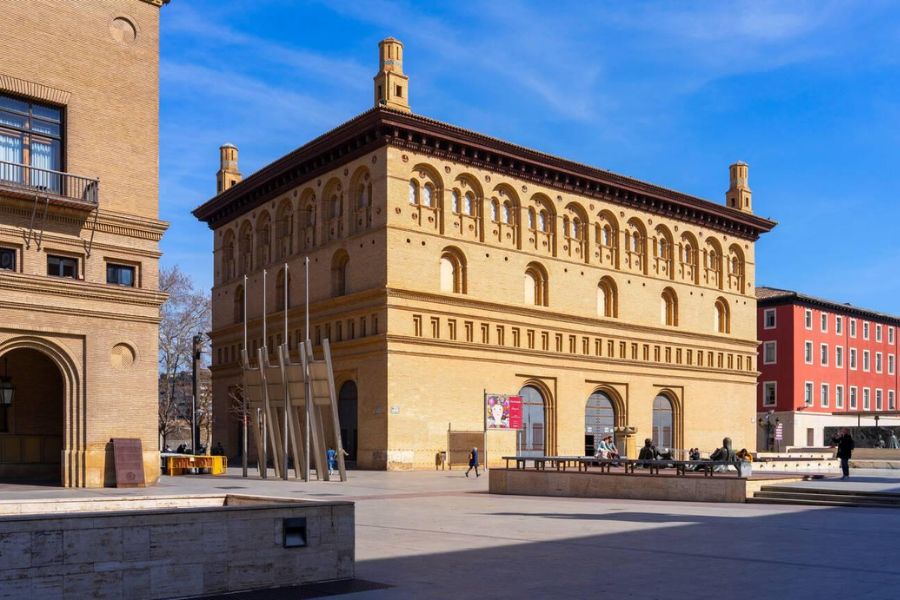
Aragonese Contributions to Spanish Art
As soon as I arrived, I started noticing art that gets overshadowed by Madrid and Barcelona’s big galleries.
Francisco de Goya, one of Spain’s most famous artists, was born near Zaragoza.
His early works in local churches show bold colors and personal touches inspired by Aragonese life.
Goya’s Legacy in Aragon:
| Place | Highlight |
|---|---|
| Fuendetodos | Goya’s birthplace and museum |
| Zaragoza | Basilica of Our Lady of the Pillar |
| La Seo Cathedral | Frescoes and religious paintings |
It’s easy to see how the region’s dramatic scenery and everyday people shaped his style.
Even lesser-known Aragonese artists left behind murals and altarpieces, mixing Gothic, Renaissance, and Baroque traditions.
Visiting these smaller sites let me skip the crowds and enjoy Spanish art in a more personal way.
Literary Legends: Cervantes, Don Quixote, and Chivalry
Every bookstore and plaza seemed to echo with stories of Miguel de Cervantes and Don Quixote.
Cervantes drew inspiration from Aragon’s castles, knights, and the old tales of chivalry that were popular here for centuries.
Reading local editions—and spotting English translations for sale—I realized Aragon’s history found its way into Cervantes’ adventures.
Sancho Panza, Don Quixote’s loyal friend, really reminds me of the earthy wisdom of the rural folks I met in market towns.
These stories aren’t just books.
Pastoral poetry, historical romances, and Spanish theatre traditions still show up in Aragon’s festivals and performances.
Locals value storytelling and eloquence, weaving old tales into daily life as naturally as they share a meal or a dance.
Festivals and Living Traditions
No matter when I visited, I stumbled onto celebrations that filled towns with color and music.
In Zaragoza, the Fiestas del Pilar blend ancient rituals with modern parades, pulling everyone into the heart of Aragonese identity.
The Dance of the Devils and costumed processions in small villages let me experience traditions that go way back.
I joined locals for religious celebrations and open-air concerts, where people of all ages sang folk songs and acted out scenes from Spanish literature.
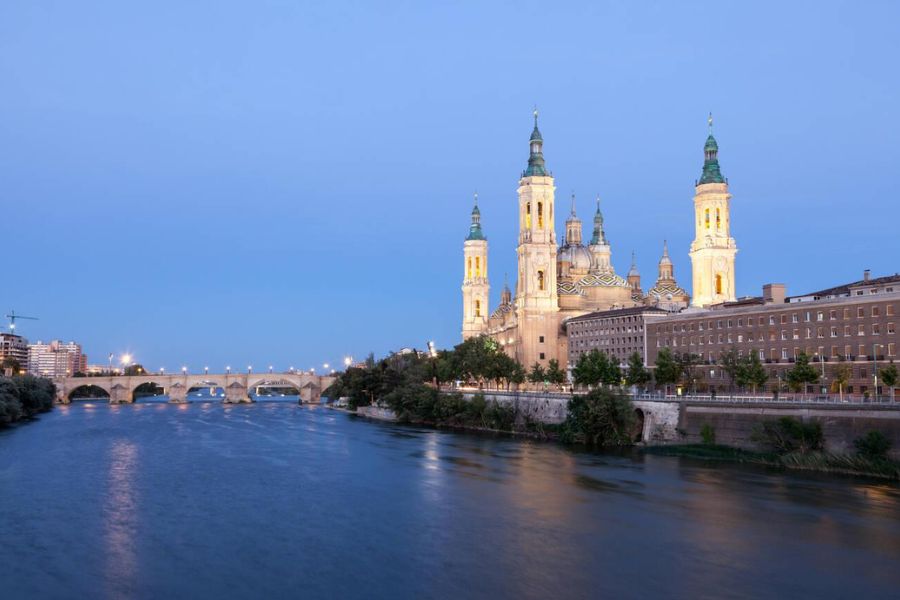
Not-to-miss traditions:
- Semana Santa Holy Week processions
- The Jota folk dance
- Spring agricultural festivals
Each event gave me a close-up look at how Spanish culture and local customs blend.
Aragon’s spirit goes way beyond galleries and bookshelves.
Epic Adventures: Outdoor Activities and Hidden Natural Wonders
Aragon’s range of landscapes honestly blew me away.
From the cool peaks of the Pyrenees to sunbaked deserts and rocky plateaus, every path I tried led to a new adventure and another great photo.
Hiking the Pyrenees and Nature Trails
Lacing up my boots in the Aragonese Pyrenees, I found quiet valleys, hidden waterfalls, and rugged mountains waiting for me.
The Pyrenees here see fewer crowds than the Catalonian side.
Trails around Ordesa y Monte Perdido National Park felt peaceful, even in the busy season.
The park’s cliffs and wildflowers really do inspire awe—no wonder hikers come from all over Europe.
Top Experiences:
- Trekking from Torla to the Cola de Caballo waterfall
- Walking through alpine forests and spotting marmots
- Taking in glacier-carved landscapes near Benasque
Some trails are short enough for families, while others really test your legs.
I prefer hiking here in spring or fall, when the weather is cooler and the crowds thin out.
If you love nature, these mountains always have something new in store.
Exploring Aragon’s Deserts and Plateaus
Leaving the forests behind, I found myself in the Bardenas Reales—a semi-desert full of brown hills and bizarre rock formations.
With dry winds and endless views, this area feels totally different from the green mountains up north.
Most people don’t expect deserts in Spain, but the Bardenas has become one of my favorite places to explore.
I rented a mountain bike and zipped past sandstone towers and old shepherd huts.
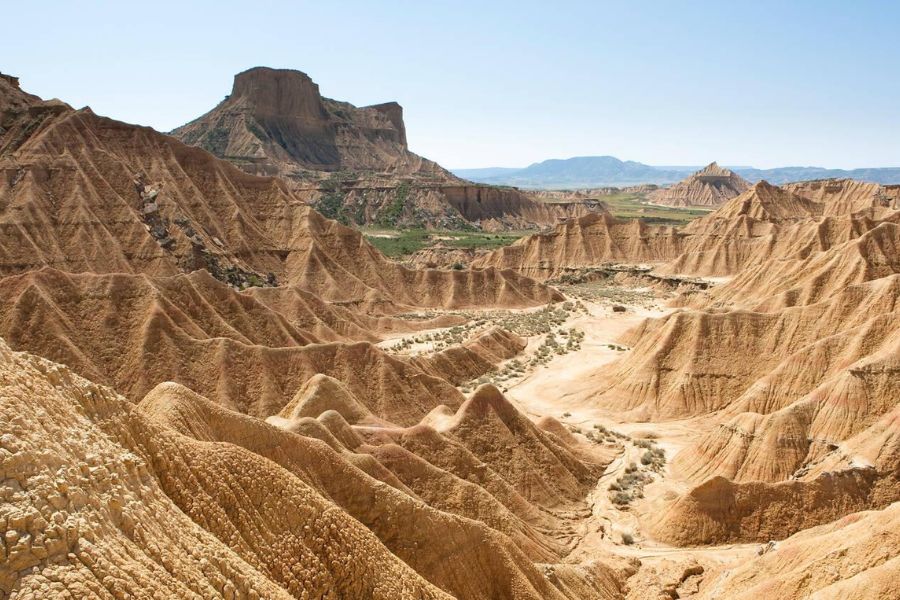
The silence here is deep, broken only by birds or the rustle of dry grass.
Popular Activities Include:
- Mountain biking through the Castildetierra badlands
- Hiking marked trails past rock spires
- Photographing sunrise over the lunar-like landscape
In spring, orange blossom perfumes the countryside nearby; it’s one of those scents that sticks in your memory.
The plateau regions around Teruel are just as stark and beautiful, perfect for travelers looking for something different.
Photographic Journeys: Capturing Moments in Aragon
Aragon gave me some of my favorite photos from Spain. The way the light bounced off snowy peaks in the Pyrenees, or painted shadows over the Bardenas deserts at sunset, felt pretty magical.
I started to realize the best moments usually happened early or late in the day. Sunrise bathed the hills in pink and gold, and every little detail popped.
Tiny villages perched on mountain ridges grabbed my attention for stunning shots, especially when snow or autumn colors set the scene.
- Tips for Great Photos:
- Head to viewpoints near Aínsa and Alquézar for medieval architecture.
- Try wide-angle lenses for those sweeping desert vistas.
- Stick around for the “golden hour” to catch orange cliffs and wild landscapes at their best.
Snapping these landscapes helped me remember every quirky detail, from wild mountain goats to the bright glow of orange blossom trees.
Aragon’s variety kept my camera out all day. My memory card filled up fast.
Experiencing Aragon: Food, Stays, and Practical Travel Tips
When I dug into Aragon’s food scene, I found way more than just tapas. The region’s dishes have deep roots in tradition.
Stays range from cozy rural inns to modern city hotels. Getting around turned out to be pretty straightforward—if you know a few tricks.
Essential Local Dishes and Dining
Food in Aragon surprised me with its strong flavors and variety.
Local menus often feature roast lamb (ternasco), pork dishes, and migas—fried breadcrumbs mixed with chorizo and vegetables. I tried “bacalao ajoarriero,” a salt cod stew, at a tiny village café, and it quickly became a new comfort food for me.
Vegetarian options exist, but most traditional recipes use meat. Hearty stews and sausages show up everywhere, since pork farming is a local strength.
Sweets like “trenza de Almudévar,” a braided pastry with nuts, tempted me in nearly every bakery.
For dining, many restaurants (especially outside Zaragoza) serve set lunch menus called menú del día. These offer good value and plenty of food.

Eating out felt relaxed and friendly. Spanish people tend to linger over meals in rustic, family-run eateries, which I loved.
Accommodations: Where to Rest and Recharge
Aragon surprised me with its variety of places to stay.
In the Pyrenees, I found family-run casas rurales (country homes) with stone walls and mountain views. Breakfast felt homemade and cozy.
In Zaragoza, the capital, modern hotels stood close to historic sites and river walks.
Small towns like Albarracín and Aínsa offer boutique hotels and guesthouses built right into old castles or city walls. I could step out my door and wander cobbled streets.
Hostels and budget hostales also provide basic, friendly service if you want to save money.
Booking ahead in the summer or during festivals is a smart move, since local events fill rooms fast.
Some places help arrange local tours, hikes, or even cooking classes. That made it easy to dive deeper into Aragonese culture without much planning.
Planning Your Journey: Logistics and Routes
Traveling around Aragon works best by car, especially if you want to reach mountain villages or natural parks.
Major roads stay well-maintained and signage is clear. I had to watch out for winding roads in the Pyrenees and the occasional lack of gas stations in rural areas.
Trains and buses connect Zaragoza with cities like Huesca and Teruel. Some regional routes serve smaller towns, but schedules can be limited outside the main lines.

I checked times in advance. In Zaragoza, public transport made seeing key sites easy without a car.
Taxis and bikes are easy to find in cities, but not so much in the countryside.
Knowing a bit of Spanish helped. Locals were patient, and a few friendly words led to great travel tips from people I met in cafés and stations.
Nearby Inspirations: Connections to Other Spanish Destinations
Traveling through Aragon made me realize how many links cross Spain, both in spirit and geography.
From urban centers to cultural heroes, the region connects to key destinations and important names I’d only read about before.
Madrid, Valencia, and the Allure of Spanish Cities
Leaving the mountains and deserts behind, I found myself drawn to Spain’s legendary cities—each with its own energy.
Madrid stood out with its pulse: the Plaza Mayor buzzing with locals, grand museums, and the sound of street guitar.
Aragon’s high-speed train routes made reaching Madrid surprisingly fast. I could slip between medieval Zaragoza and the capital in just over an hour.
Valencia, on the other hand, brought a sense of the Mediterranean. Its mix of historic sites and modern architecture felt different after Aragon’s wild landscapes.
I started to notice similar Gothic features in cathedrals and old markets, tying Valencia to Zaragoza’s past.
These cities show just how easily Aragon links travelers to Spain’s most dynamic urban corners.
I mapped out routes that led farther—trips to Granada’s Alhambra or Sevilla’s flamenco-filled lanes all started with a journey across Aragon’s surprisingly strategic crossroads.
Ties to Spanish Artistic and Literary History
As I wandered Aragon, familiar references kept popping up.
I remembered that Christopher Columbus’ travels and ambitions connected to Spain’s powerful kingdoms—including Aragon’s own crown.
Museums in Zaragoza display tributes to famous rulers and explorers who shaped world history.
Literary connections seemed to be everywhere. Reading Washington Irving’s works while visiting Aljafería Palace gave his words a new spark.
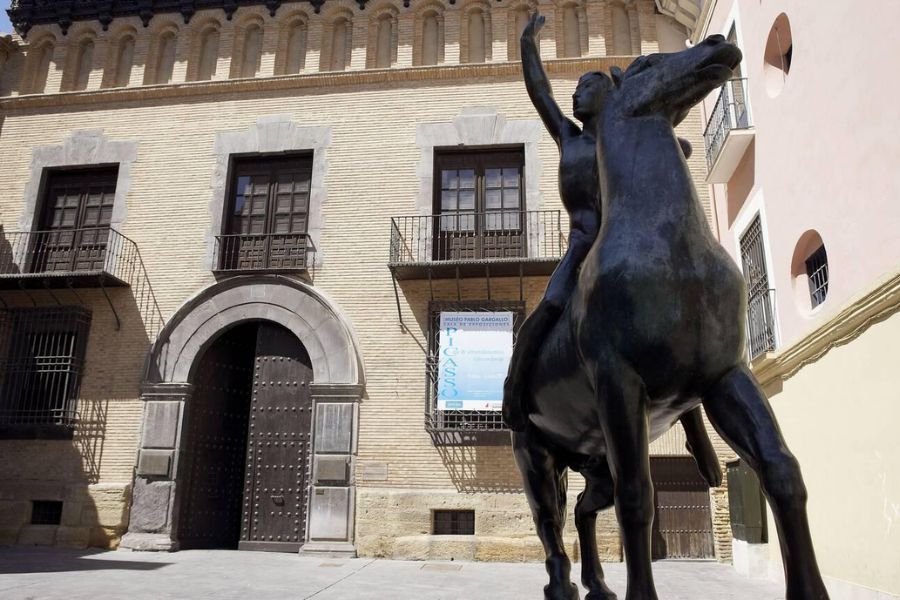
Irving wrote about Spain’s legends from places like Granada and Córdoba, but Aragon’s castles and old towns felt just as spellbinding.
A simple stroll revealed countless tributes in statues and plazas—homages to figures from Spanish history, art, and literature.
Not far from Aragon, cities such as Burgos and Toledo share these layers, reflecting a shared cultural heritage that stretches from Galicia in the northwest to the Canary Islands in the south.
Personal Tributaries: How Aragon Shaped My Spanish Odyssey
Aragon really surprised me—it acted as a kind of personal tributary in my travels. This region somehow redirected my path and shifted how I saw Spain as a whole.
From Zaragoza, I hit the road and found myself drifting toward historic cities like Toledo and Burgos. Eventually, I even made my way to the Basque country’s food havens, like San Sebastian.
Hiking in the Pyrenees sparked a restless urge to chase new landscapes. That’s what pushed me to plan side trips to Montserrat’s wild, jagged peaks.
I wandered trails through semi-deserts, and those paths made me crave the beaches of Cádiz or the rugged coastline of Galicia.
Honestly, what struck me most was how Aragon’s mix of history, scenery, and all those connections gave my Spanish adventure a personal edge. Each tribute, festival, or tucked-away square felt like it belonged to a bigger journey—one that kept branching off in ways I never really expected.

